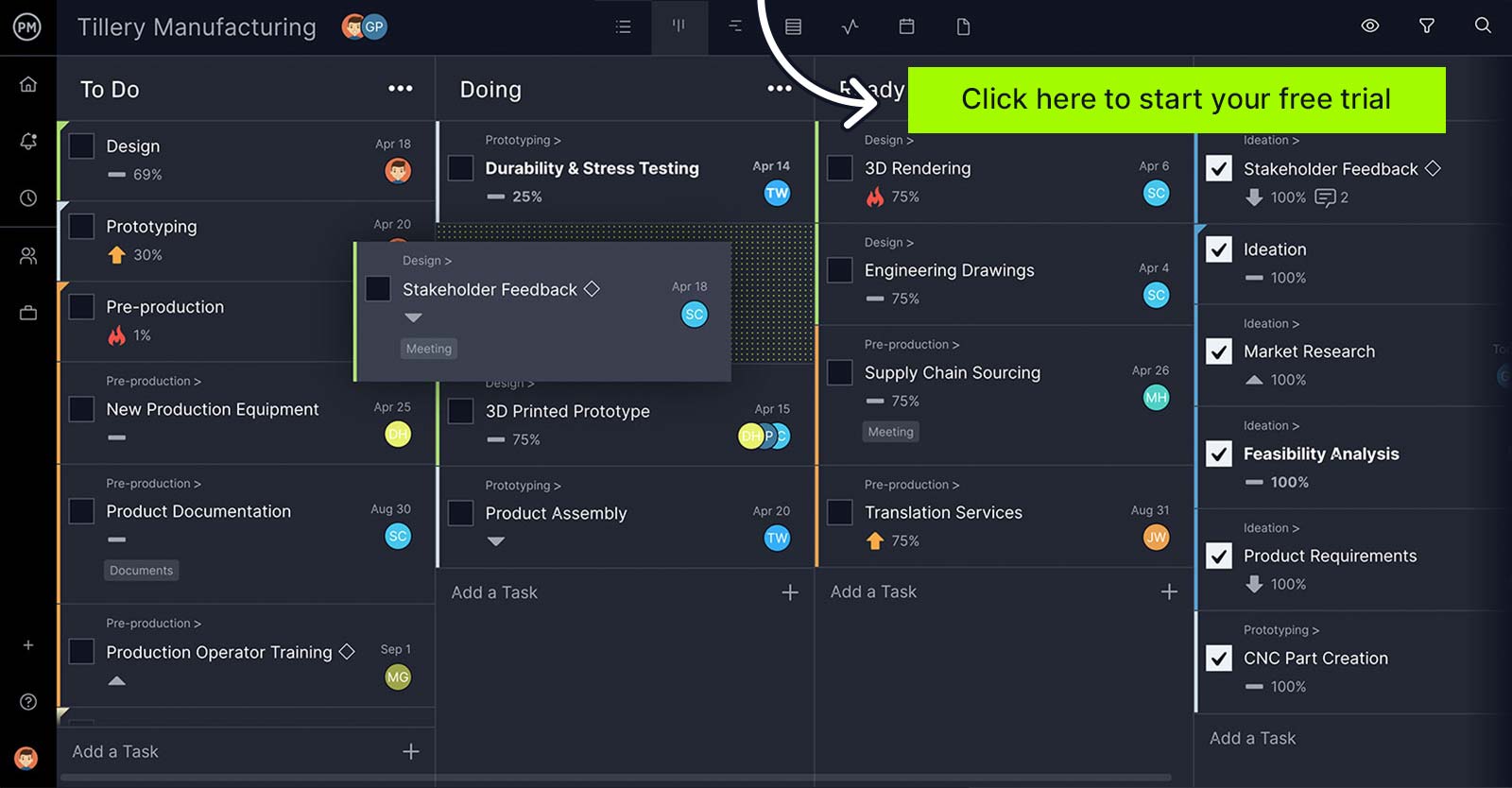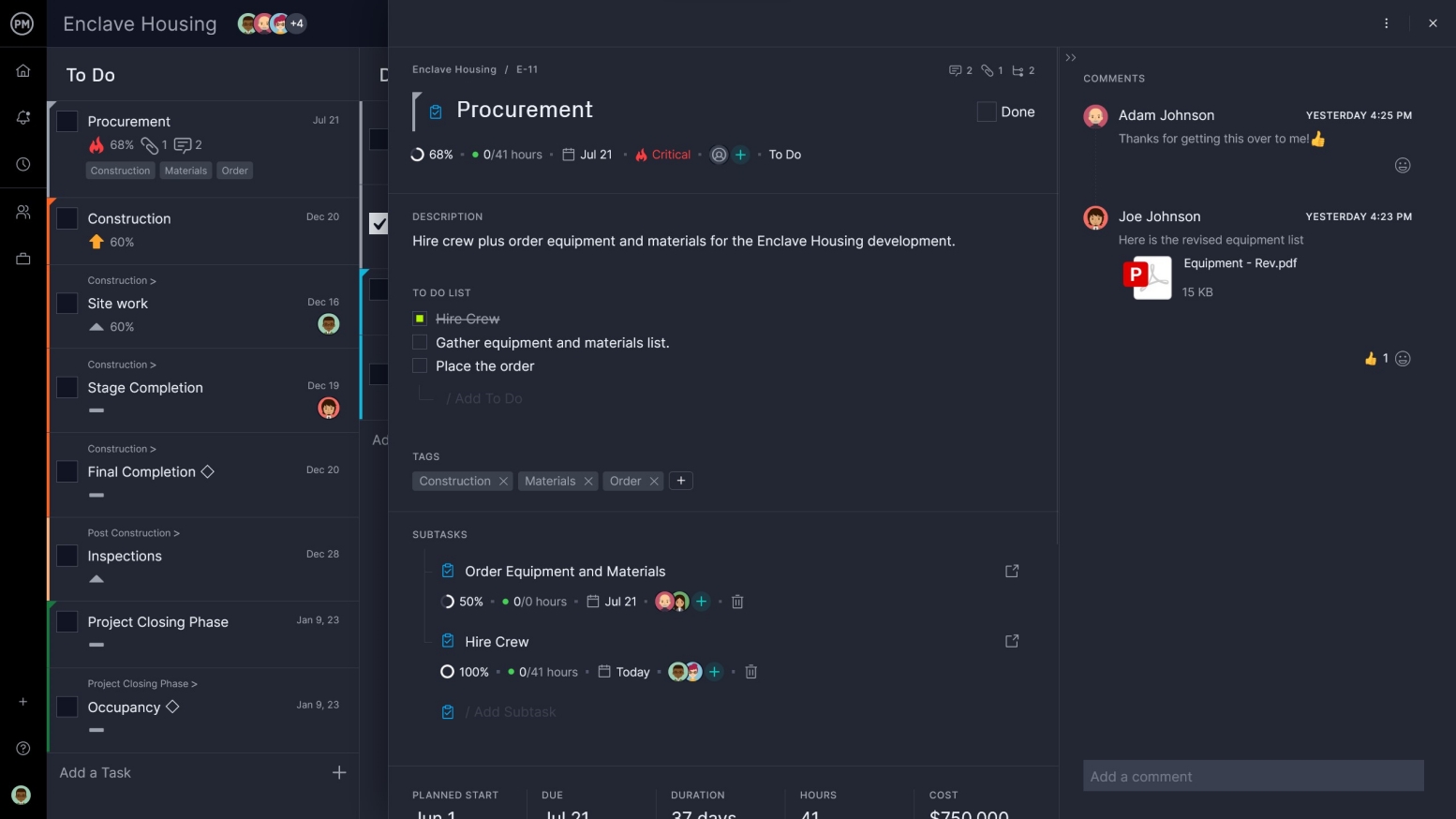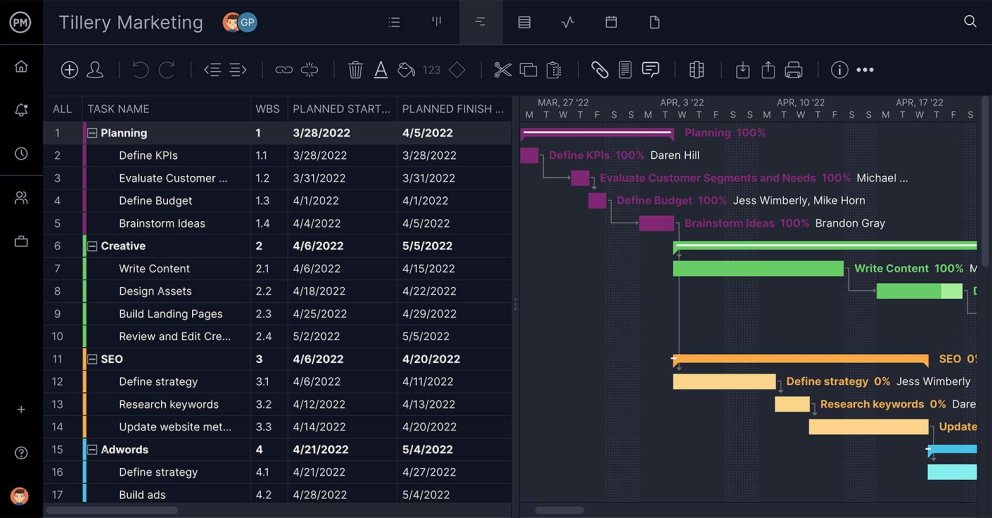The idea of user story mapping can be traced back to Jeff Patton. He literally wrote the book about it, It’s All in How You Slice It, which came out in 2005.
Patton is a consultant who does story mapping in a way that’s more focused on improving the product development process, not just improving production speeds. He does this through a mixture of agile project management, lean and leads, UX design and design thinking startup frameworks. His holistic approach focuses on user story mapping without forgetting the product roadmap.
What does that all mean? It sounds nice enough. Everyone likes stories, including product managers. Story mapping is how user stories are used in product management and software development. But before we define story mapping, we first need to understand what a user story is.
What Is a User Story?
The idea of a user story comes from software development and product management. A user story is a product feature described from the user perspective. It’s meant as an informal description of one or more product features, spoken in plain English.
Project management software captures user stories for teams. ProjectManager is a cloud-based work and project management software that has multiple project views. Managers can plan on Gantt charts and teams can use task lists or kanban boards to manage their backlog and collaborate on sprints. Get started with ProjectManager today for free.

What Is Story Mapping?
Story mapping takes the user stories and places them on a graph, called a user story map. The graph is a two-dimensional visualization of the product backlog. The top of the story map shows headings under which complex user stories known as epics are grouped. These epics are user stories that can’t be completed in a single product release and need to be broken down into smaller user stories. Those user stories are collected vertically, under each epic theme and ordered by priority. This allows product managers to describe many product features without losing the big picture.
User story mapping is then a way to organize and use those user stories in an agile product development environment in a simple yet effective method. It helps development teams envision the entire product or service in terms of a series of product features that are created based on customer requirements and end-user feedback.
How to Create a User Story Map
Follow these steps to create a story map for your product development projects.
1. Define Product Features
Identify the key features of the product or service you’re creating. These will be your product development epics. Each of those epics is a heading to the story map you’re creating. They run horizontally across the top of the graph.
2. Group Related User Stories
Then underneath each of these epic headings come the user stories that are related to them. The user stories don’t have to be very well-developed yet or even prioritized at this point. You just want to collect them under the correct epic.
3. Prioritize User Stories
As more research is done, more customer feedback is gathered and more user stories are added to the story map. Now you need to prioritize user stories and identify task dependencies.
4. Share the Story Map
It’s at this time that the order of those user stories will reflect the order in which they occur in the user journey. Your story map is ready to be shared with the product development team.
Story mapping, like the larger agile framework, is an iterative process. It comes from conversations between team members, customers and stakeholders on ways to best deliver more value for the end-user and the business. This dialogue starts early, and the story map captures that product development conversation in an actionable format.
Story Mapping Template
Our product development template has everything you need to create a story map and a product development roadmap. You can use our kanban board to create a dynamic story map that allows you to collaborate with team members in real time.

Then underneath each of these feature topic headings come the user stories that are related to it. The user stories don’t have to be very well-developed yet or even prioritized at this point. You just want to collect them under the correct heading. As more research is done, and more direction comes from the stakeholders, more detail is added to the user story. You’re refining the user story by breaking each one down into smaller pieces or tasks. It’s at this time that the order of those user stories will reflect the order in which they occur in the user journey.
Story mapping, like the larger agile framework, is an iterative process. It comes from conversations between team members and stakeholders on ways to best deliver more value for the end-user and the business. This dialogue starts early, and the story map captures that conversation in an actionable format. Use our Gantt chart view to keep track of your epics, user stories and product releases.

The Importance of Story Mapping & Its Benefits
A user story map is a helpful tool for many reasons. As noted, it provides a space to collect the conversation between the stakeholders and the team to figure out what is important in developing the product. It then allows for those user stories to fall into the context of the bigger story, so that they’re positioned in order or importance.
Here are some of the main benefits of using the story mapping technique for product development.
Story Maps Work as a Status Report
The story map, like the product, should be a work in progress. It’s like a snapshot of what the team is thinking at that moment in the project. Therefore, it’s a means to validate assumptions about the project and make sure that the team is progressing in the right direction. It acts not only as an organizational tool; it also repeats a statement back to the person who spoke it to ensure both parties understand one another.
Story Mapping Is a Visual Aid
It’s also a visual way of thinking, which is helpful for people on the team and stakeholders who process things better this way. Because it is a visual tool, it allows one to see the whole picture at a glance and where the smaller parts fit into that whole. This also makes it obvious to team members when there is a hole in the process.
Story Mapping Helps with Prioritization
Because the user stories are collected in a user story map, they can be moved around to see which sequence would best serve the process. This sequencing allows the team to figure out what user stories must be included in an incremental manner.
Prioritizing, which is a major part of user story mapping, helps with efficiency and productivity. This helps to avoid wasting time by focusing on features that are not critical to the end-user. That’s because you’re not only prioritizing but also keeping in mind the big picture, which keeps teams out of the weeds.
Story Maps Enable Communication
There’s also the communicative democracy of the user story map. It facilitates communications and provides a shared understanding of the project for teams and stakeholders. No matter where you stand in the project, you can look at the user story map and know the big story down to the smaller parts that make it up and how that all relates to the product roadmap.
Related: How to Plan a Successful Product Launch
Story Mapping Challenges
Many of the downsides to user story mapping are related to errors in execution. We’ve listed a few below.
- Too Much Detail: If you attach too much detail to the user story then you run the risk of distracting the team. It can create undue risks, such as missing a crucial part of the conversation, as if the signal is lost in the noise.
- Too Generic: Another problem is if your user story is too generic. It needs a certain level of detail, that sweet spot, in order to function correctly. If you’re too broad, then issues can arise when extracting functions in a given iteration.
- Too Formal: Don’t get too formal, either. Remember, the language should be plain, simple and easy for everyone to understand. When you use formal product development language, it can again distract the user and lessen the readability of the description.
- Overly Technical: Some fall into the trap of using technical parameters masked in user stories. The listing of technical tasks rather than the user history will help blur the important step of prioritizing those tasks. The prioritization is based on the end-user and not the mechanics of the production. That said, there are some dangers to be aware of, even when user stories and mapping are done correctly. There is a focus on bugs or purely systemic tasks, which can take away from the main thrust of the project.
Story Mapping FAQ
Story mapping doesn’t have an ending. There’s always more to learn. Do you have more questions about user stories? We answered some of the questions readers have below.
What Is the Purpose of Story Mapping?
The main purpose of story mapping is to allow managers to visualize the product development process. This is done by breaking down the work required to develop a product into action items known as user stories.
What Is a Story Mapping Session?
A story mapping session or story mapping workshop is a cross-functional story mapping exercise where the product development team meets with members from different departments to create user stories together.
Who Invented Story Mapping?
User story mapping was invented by Jeff Patton, who first described story mapping in his 2005 article “It’s All in How You Slice it”. Since then he continued to develop the idea until he wrote the book “User Story Mapping: Discover the Whole Story, Build the Right Product” in 2014.
If you’re looking for ways to communicate and break down your project so it better serves the end-user, then you need a tool that has the power to make communications seamless and organize your tasks on a shareable platform. ProjectManager is a cloud-based project management software that gives your team the collaborative tools they need to run agile projects. Try it today with this free 30-day trial.

